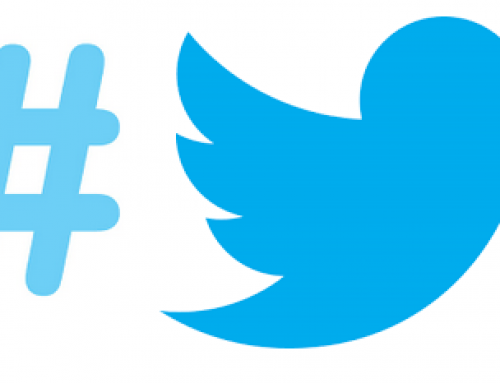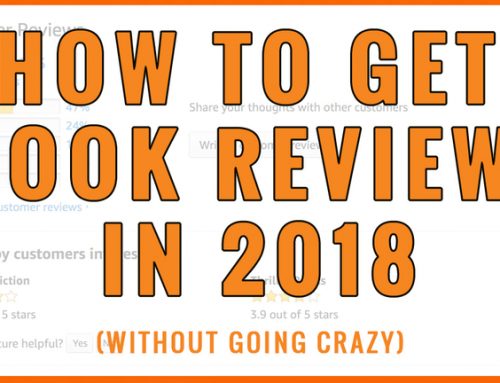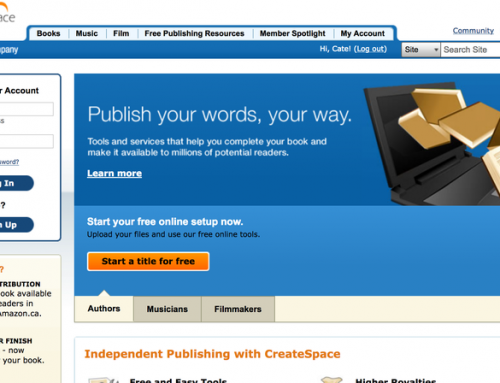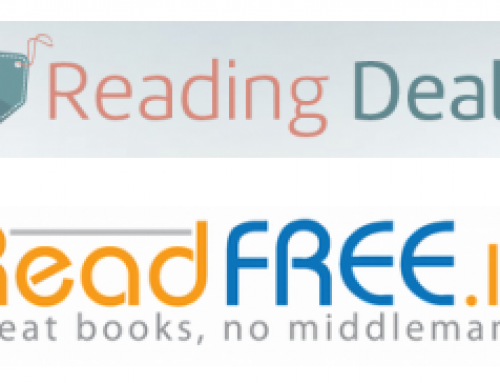
That’s the good news – and it’s also a fantasy. The same issues that hurt self-publishers in bookstores also apply to libraries as well. Though librarians are becoming more aware of the demand for certain self-published titles, the general consensus is that librarians stay away from self-published books. There are several reasons this is so:
- Librarians resources are limited and so they’ll only buy popular books in the highest demand.
- Librarians do not often look beyond Library Journal or Kirkus Reviews to find new titles so it can be difficult to be discovered.
- If that didn’t make it difficult enough, library’s buy books using a purchase order number and then pay the invoice at a later date – not directly via cash or credit. Unsurprisingly this system doesn’t work well for print on demand books. It’s even a struggle for small presses on a tight budget.
Contacting Libraries Directly
Even with those stumbling blocks, it is still possible to get books into libraries. As with bookstores, local libraries are easier because they’re more willing to support local authors. A librarian says, “We look for titles with regional connections, collection relevance, and we also accept patron suggestions.” Even so, this is often based on a donation policy, so you’re going to have to take the loss on the book. If you’re interested in getting into libraries without actually traveling to the hundred thousand libraries in the U.S., there are some steps you can take:
- Get a Library of Congress Control Number. For instance, Wordclay offers this service. Otherwise, apply directly for an Pre-Assigned Control Number.
- The CIP program is more complicated: “Only U. S. publishers who publish titles that are most likely to be widely acquired by U.S. libraries” – i.e. traditionally published books, though self-publishers are certainly eligible. The difference between the programs is a full listing with author name/subject or just a control number. The Library of Congress will catalog how your book is listed. Otherwise you can draft your own and label it a Publisher Cataloging-in-Publication, as opposed to Library of Congress Cataloging-in-Publication. Hiring a catologing company may be necessary to produce an accurate listing. The advantage to a more extensive listing is a greater likelihood that it will be bought by libraries.
- Submit a book to other library journals besides the big two listed above. Libdex has a list of library journals. Note: I haven’t gone through each one of those links to see if they’ll accept self-published books. Update: Thanks to Phyllis Murphy from More Than 925, the best journals for self-publishers are: The American Library Association, Libraries and Archives of Canada, and Counterpoise.
- Write to libraries directly – check Libweb to find Library contact information. Send a press release with purchase info. It’s said that the best time to do this is between December and June, when libraries do the bulk of their buying.
- If you self-publish using a distributor like Baker and Taylor, the book will be available for libraries to purchase. Distributors of self-published books will include library distribution in their package – but you could lose money on wholesale distribution if you have expensive printing costs, as would be the case with self-publishing services like Lulu or iUniverse.
- There are library-centered distributors as well, such as Quality Books.
All told, it’s as big a struggle to get into libraries as it is to get into bookstores and widespread distribution is difficult. What’s beneficial about bookstores is that they’ll keep selling the same copy of the book, and reordering, which may be preferable if you’re deciding how to prioritize your time and money.
Update: Libraries are now making a move into eBooks: See: Kindle Books Now in Libraries via Overdrive
Get an Editorial Review | Get Amazon Sales & Reviews | Get Edited | Get Beta Readers | Enter the SPR Book Awards | Other Marketing Services





















I must correct Phyllis Murphy. I am Valerie Hawkins and I work for the American Library Association (ALA). The link above for the American Library Association goes to ALA TechSource, home to ALA’s technological periodicals, Library Technology Reports and the Smart Libraries Newsletter. Neither periodical does book reviews. Further, I’m not sure either periodical has ever done book reviews, so the origin of such a notion is a mystery. Information on ALA journals with book reviews is included on the web page ALA Library Fact Sheet 5 – Marketing to Libraries at http://www.ala.org/library/fact5.html